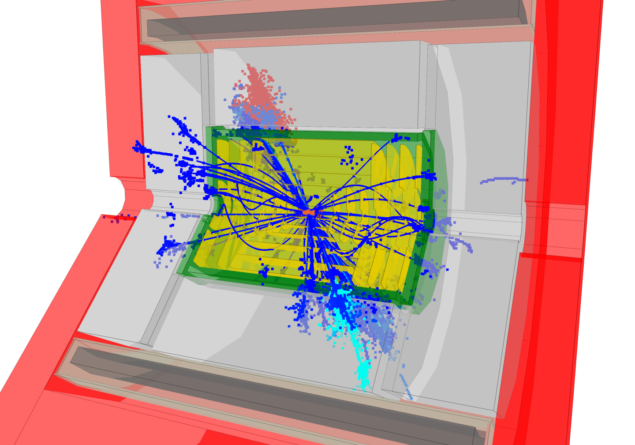
The proposed Compact Linear Collider (CLIC) offers the most flexible option for European particle physics in the post-LHC era, write the leaders of the CLIC study in a preprint posted on arXiv on 15 January. Responding to a preprint by 53 authors in late December which backed a Future Circular Collider (FCC) over CLIC, the CLIC team argues that moving forward quickly with a linear collider “would allow a vibrant high-energy frontier programme to be maintained over the coming decades, while pursuing in parallel the accelerator R&D required to open future options”.
Acknowledging the widespread consensus that the next major collider should be an electron–positron collider to explore the Higgs sector in detail, the authors argue that the discussion of what will be the most appropriate high-energy frontier machine afterwards “must be kept open” such that it can be guided by new physics results and new technology. The three-page long note states that an initial CLIC programme undertaken in parallel with strong accelerator R&D and HL-LHC, followed by the best possible high-energy frontier machine when technologies are mature, “thus provides the most flexible and appealing strategic option” for collider physics in Europe.
Although FCC-ee is unique in offering a very high-statistics Z physics programme, state the CLIC authors, the potential for Higgs-boson studies with a first-stage 380 GeV CLIC or 365 GeV FCC-ee is similar when assuming equivalent running times. They also say that both machines have a similar performance at the top-quark energy and the same accelerator performance risk. “Previous limits of both circular and linear electron–positron colliders have been understood and overcome thanks to vast efforts in hardware developments and large-scale system tests across the planet,” says coauthor Daniel Schulte of CERN. “Both colliders have ambitious parameters, but we are confident that they can be achieved, as confirmed in detailed reviews of both projects.”
Ultimately we all want what is best for our science
Aidan Robson
CLIC studies during the past few years have focused on energy consumption and construction costs, which CLIC project leader Steinar Stapnes of CERN says are now “very favourable” compared with FCC-ee. “Owing to CLIC’s compactness the construction is relatively fast, and we have also deliberately kept the 380 GeV baseline operation time relatively short at eight years,” he says. “We feel strongly that the possibilities for the subsequent step – whether a linear collider energy extension, or a proton or muon collider option – need to be kept on timescales that are not too far away.”
Priorities for European particle physics are under discussion this week at a meeting in Bad Honnef, Germany, as the update of the European strategy for particle physics enters its final stages.
“The European strategy is being developed in a complex environment where particle physics projects continue to become larger and longer-scale,” says Aidan Robson of the University of Glasgow, who is spokesperson of the CLIC detector & physics collaboration. “Ultimately we all want what is best for our science. CLIC at 380 GeV offers a rapid and exciting e+e– programme, and opens doors for R&D for several possible future colliders going much higher in energy. This provides the key elements that offer attractive and challenging opportunities for the young people who will drive the future of our field.”








